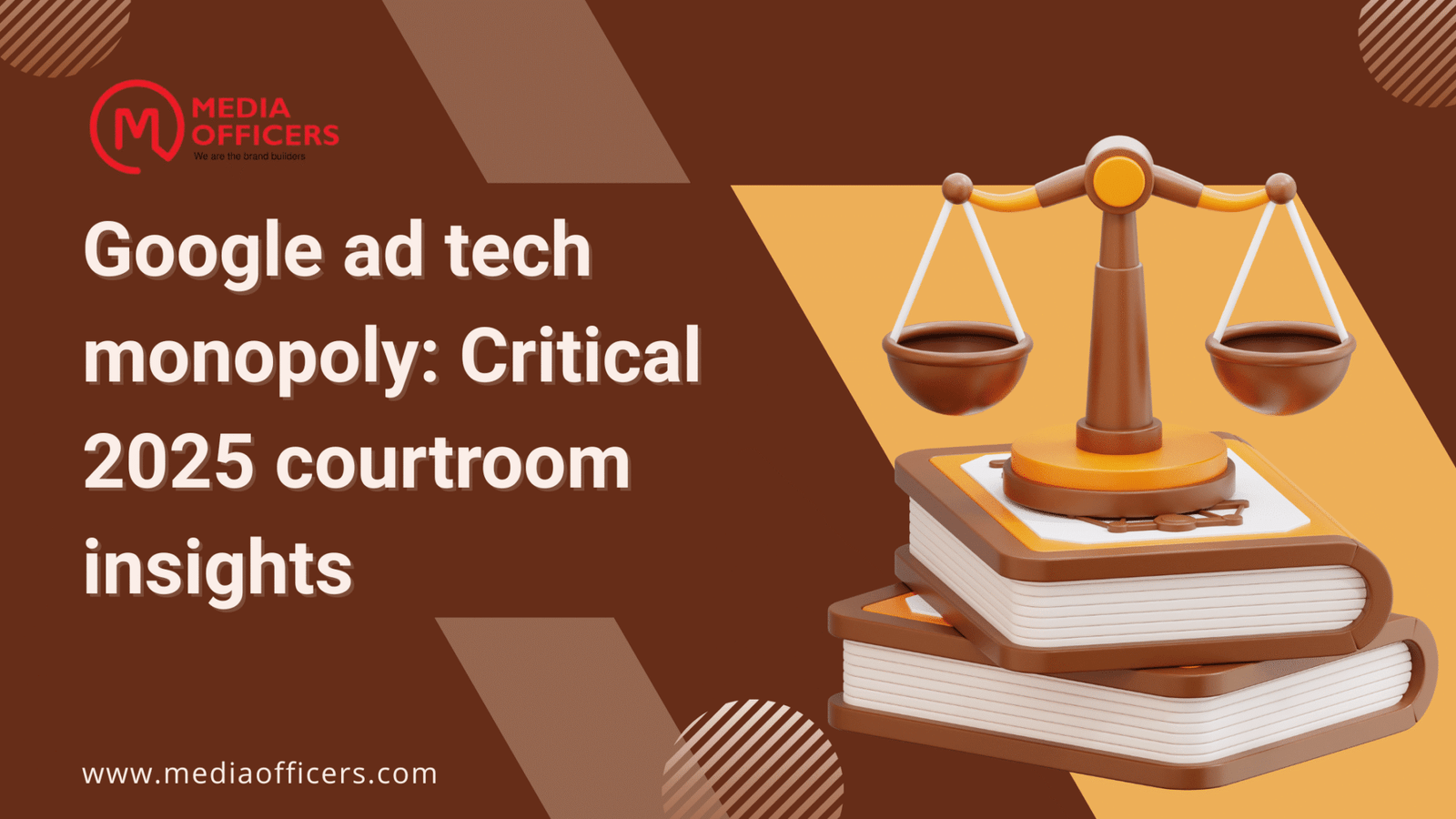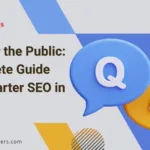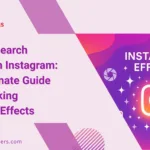The term Google ad tech monopoly has dominated headlines as the DOJ and Google wrap up a landmark two-week hearing on how to curb online advertising power. This high-stakes confrontation in the U.S. District Court for the Eastern District of Virginia sets the stage for a potential antitrust reshaping of the digital ad landscape. The proceedings brought together more than two dozen witnesses, ranging from Google executives to rival ad tech leaders, publishers, and renowned economists, all weighing the balance between innovation and competition in the open web.
At stake is not merely a courtroom drama but a test of how modern antitrust remedies should work in a market where a single tech giant controls multiple layers of the ad stack. The DOJ argues that Google ad tech monopoly power stems from its dominant exchange, its publisher tools, and related platforms that together influence pricing, access, and market entry for advertisers and publishers alike. The outcome could redefine how digital ads are bought, sold, and measured, with effects reaching small businesses, content creators, and large brands alike.
As the hearing closed its two-week session, observers noted that the DOJ’s case hinges on a structural remedy specifically, the possibility of selling off components of Google’s ad tech stack to reintroduce competition. In contrast, Google has pushed back, warning that a breakup could disrupt critical services for publishers and advertisers and undermine the efficiency that many market participants rely on daily. The debate now moves toward closing arguments in November, with a ruling anticipated in the first half of 2026. The courtroom drama around the Google ad tech monopoly question could have sweeping implications for pricing, access to tools, and the overall architecture of digital advertising.
As you read, consider the broader implications: a court-ordered break-up, even if unlikely, would force a major rethinking of how ad tech platforms coexist, compete, and collaborate. It would also influence regulatory discourse around Big Tech and the regulation of online marketplaces. For industry participants, the case underscores the ongoing tension between innovation and competition an issue that touches publishers, advertisers, and consumers relying on the open web.
What happened at the hearing
The two-week hearing unfolded in the Eastern District of Virginia, drawing testimony from a broad cross-section of stakeholders. The DOJ contends that only a structural divestiture can sufficiently restore competitive dynamics in online advertising technology. In their view, ownership across the ad exchange, bidder tools, and publisher-facing technologies collectively fortifies a Google ad tech monopoly that makes meaningful competition difficult to achieve without significant structural changes.
Key participants included Google executives who defended the company’s suite of advertising products, rival ad tech leaders who argued that behavioral remedies won’t suffice, publishers who rely on Google’s tools for monetization, and academic economists who weighed in on market dynamics. The judge, Leonie Brinkema, has left room for the possibility of a court-ordered settlement that could restrict conduct rather than require divestiture. Still, she has signaled openness to the broader structural remedy, indicating a potential path toward a more competitive ad technology ecosystem.
Closing arguments are scheduled for November, with a ruling expected in early 2026. The time horizon means stakeholders will watch closely for signals about how aggressively the court might pursue a divestiture versus a negotiated settlement. The deliberations also reflect a larger alignment of antitrust scrutiny with the evolving regulatory framework for digital markets an arena where Google ad tech monopoly concerns are emblematic of broader debates about market power, platform elasticity, and consumer welfare.
The DOJ’s structural divestiture plan
At the core of the DOJ’s strategy is the belief that only a formal, structural separation can reintroduce contestability into digital ads. The government argues that a divestiture of Google’s ad exchange and certain publisher tools would remove advantages that current incumbency confers, allowing alternative platforms to compete more effectively for advertisers and publishers. As lead DOJ litigator Julia Tarver Wood stated, “Nothing short of a structural divestment is sufficient to bring meaningful change.”
The envisioned remedy would not necessarily force a simple spin-off; rather, it would require careful delineation of which assets are divested, how the assets operate post-separation, and how competing platforms access data, technology, and inventory. Proponents of this approach say it would address anti-competitive effects at the source, rather than relying on after-the-fact behavioral restraints. The DOJ’s framework emphasizes transparency, non-discriminatory access, and a level playing field for new entrants seeking to challenge existing dominance.
Critics of divestiture argue that a breakup could disrupt the efficiency and scale advertisers value, raising concerns about supply chain interoperability and the risk of unintended consequences for publishers who depend on integrated tools. They caution that the ad market’s complex data graph might suffer from fragmentation or increased complexity, potentially harming the very open web the DOJ aims to protect. Still, the DOJ maintains that structured divestment, implemented with guardrails, could unlock new competition and drive down costs for advertisers and publishers over time.
What would “divestiture” actually look like in practice?
- Sell off Google’s ad exchange or parts of its supply path to create independent marketplaces.
- Unbundle select publisher tools to prevent cross-subsidization that favors Google’s own inventory.
- Establish non-discriminatory data access agreements to ensure fair competition among rivals.
- Implement ongoing compliance and periodic reviews to prevent backsliding into anti-competitive conduct.
Google’s response and concerns
Google has argued that a breakup would be technically unworkable and could harm publishers, especially smaller ones that rely on the platform for monetization. In the company’s view, the integrated architecture of its ad tech offerings creates efficiencies, reduces fraud, and simplifies the user experience for advertisers and publishers alike. Google’s engineering director, Glenn Berntson, described divestiture as “more complex than anything I’ve done in 10 years,” underscoring worries about stability and the risk of interrupting critical services for those depending on these tools.
Opposition to a structural remedy also centers on questions of feasibility and enforcement. Critics worry that even with a court-ordered divestiture, Google could maintain influence through data access, strategic partnerships, or ecosystem effects that preserve market power. Google and its supporters argue that regulatory remedies should be designed to preserve innovation and avoid unintended harm to publishers and advertisers who rely on efficient, scalable ad tech solutions.
In the broader market, some observers note that a regulated settlement rather than a full breakup could impose conduct restrictions to curb anti-competitive behavior while preserving the benefits of integrated platforms. Judge Brinkema has acknowledged this option as a potential middle ground, which could steer the case toward a tailored remedy that stops short of complete structural separation.
Industry reactions and support for a remedy
The hearing drew voices from rival ad tech firms like PubMatic and Equativ, who supported the DOJ’s push for structural changes. They argued that relying on behavioral remedies or court-enforced settlements alone would likely fail to curb Google’s dominance over time. The consensus among several industry players is that meaningful competition in ad tech often requires access to critical data and transparent operating rules elements that divestiture could help restore.
Publishers also weighed in, with some stressing the importance of reliable monetization tools and fair access to demand sources. They cautioned that any remedy should protect the viability of independent ad tech players while ensuring publishers can continue to monetize content efficiently. The dialog around Google ad tech monopoly continues to evoke broader questions about how digital platforms shape the open web and how competition policies should evolve in response to platform acceleration.
What’s next: timeline and potential outcomes
The immediate next step is the November closing arguments, followed by a ruling expected in early 2026. While a breakup remains a high-stakes possibility, a court-enforced settlement that constrains Google’s conduct without divestiture is also on the table. The decision could set a precedent for how aggressive antitrust actions are in the digital advertising space and could influence regulatory debates around platform power for years to come.
Regardless of the outcome, industry watchers expect ongoing scrutiny of ad tech practices, data access, and interoperability standards. The case is likely to spur further investigations and potential reforms in related markets, including programmatic buying, supply path optimization, and cross-platform measurement. For advertisers and publishers, the proceedings highlight the need to diversify tech stacks and maintain resilience against single-vendor dependencies. As the landscape evolves, researchers and policymakers will be tracking whether reforms deliver tangible competitive benefits or merely recalibrate market power in subtle ways.
Implications for advertisers, publishers, and the open web
A decision in favor of a structural remedy could accelerate the emergence of alternative marketplaces, reduce dependency on a single platform’s pricing and data practices, and potentially lower costs for advertisers. For publishers, clearer access terms and more transparent revenue sharing could improve monetization across multiple demand sources. The open web could benefit from a more diverse ecosystem where independent ad tech players compete on price, performance, and privacy-preserving data use.
Conversely, a ruling that preserves the current structure or imposes only limited restraints might reinforce the status quo, keeping the platform’s current advantages in place. In that scenario, the industry could see continued consolidation risks and ongoing debates about how to balance innovation with competition. In either outcome, the case will likely influence regulatory thinking beyond online advertising, signaling how courts approach complex, multi-layered tech ecosystems in the 2020s and 2030s.
Frequently Asked Questions
- What is the core issue of the Google ad tech monopoly case? The DOJ argues that a structural divestiture of Google’s ad exchange and related publisher tools is needed to restore competition in online advertising technology, addressing what it views as a dominance problem in the market.
- What does a “structural divestiture” entail? It involves separating key components of Google’s ad tech stack so they can operate as independent platforms, with rules ensuring non-discriminatory access to data and inventory for the benefit of competition.
- When will a ruling be issued? Closing arguments occur in November, with a ruling expected in early 2026. The decision could shape how digital ads are bought and sold going forward.
- How could this affect advertisers and publishers? Depending on the outcome, costs could drop or pricing could become more competitive, and publishers might gain more monetization options and greater transparency across multiple ad tech partners.
Conclusion
The proceedings surrounding the Google ad tech monopoly case illuminate a critical inflection point for digital advertising. The debate centers on whether structural remedies are required to foster a healthier, more competitive market, or whether more limited controls can achieve similar gains without disrupting the efficiencies many users rely on. The upcoming closing arguments and the anticipated 2026 ruling will reveal how far the legal system is willing to go to recalibrate the balance of power in online advertising. As stakeholders await the decision, the conversation about competition, innovation, and the open web will continue to evolve, influencing policy, industry practice, and the choices advertisers and publishers make in the years ahead.








